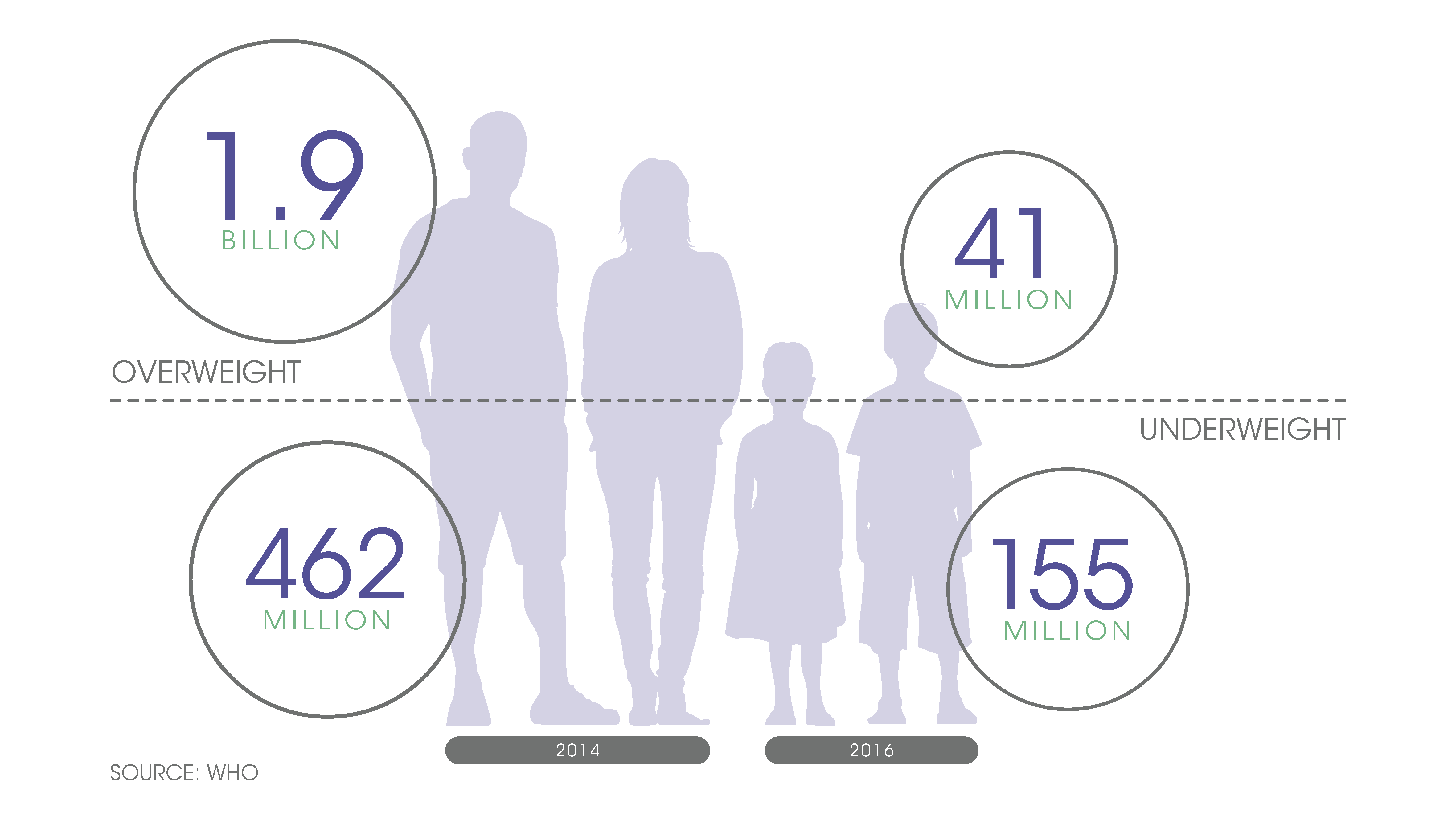The role of micronutrients in promoting gut microbiome health
The human intestinal microbiota consists of millions of microbes representing thousands of different species and strains that are organised into complex metabolic and transcriptional networks. These networks are continuously facilitating metabolic interactions between the microbiome community and the human host for a variety of processes including driving nutrient absorption, suppressing competitive bacteria species, maintaining hormonal balance, and more.
Micronutrients are the vitamins, minerals and phytonutrients required by the human body in small quantities. Nonetheless, they have a substantive impact on overall human health. The relationship between microbes and micronutrients is a critical one where the human host and various bacteria rely on microbiome interactions of certain bacterial species to digest and absorb essential micronutrients.
For example, B-vitamins are synthesised by plants, yeasts and bacteria but not by mammalian hosts which is why mammals need to acquire B-vitamins via dietary intake and microbiome interactions in the gut. Analysis of the human gut microbiota shows that some species such as Lactobacillus spp., Bifidobacterium spp., and Fusobacterium varium, are vitamin B1 producers. However, Faecalibacterium spp. (Firmicutes), part of the human intestinal microbiome community, lack the ability to develop B1 but need it for growth so they rely on the production of the nutrient from other species or obtain it through dietary nourishment.
The relationship between intestinal microbiota and human host is a mutually beneficial one, where the continuous consumption of micronutrients provides the human host with essential nutrients, and microorganisms with a robust environment to grow and thrive - playing a vital role in promoting overall health.
Micronutrient malnutrition’s effect on intestinal microbial health
Micronutrient malnutrition is the leading cause behind both obesity and underweight problems in adults and children. According to WHO, in 2014, approximately 462 million adults worldwide were underweight, while 1.9 billion were either overweight or obese. Similarly in 2016, an estimated 155 million children under the age of 5 years were suffering from stunting, while 41 million were overweight or obese.

Furthermore, as the relationship between micronutrients and microbiome gut health is mutually beneficial, deficiencies in key micronutrients can lead to a deterioration of intestinal microbiome health in humans. In the case of iron, one study showed that intestinal cells have a capacity to adapt their ability to distribute and store iron in the presence of gut microbiota. The absorption and net retention of iron decreased by around 25% in the absence of viable intestinal microbiota.
The elucidation of metabolic capabilities and nutrient absorption by the gut microbiome community can lead to prevention and treatment of dysbiosis-associated diseases and micronutrient malnutrition leading to an opportunity to develop probiotics, relevant dietary supplements and functional food products.
The food industry is vectoring towards microbiome research
Investigating this relationship between micronutrients and the gut microbiome has been a continuous focus for large-scale organisations in the food industry, specifically the nutrition and functional foods industry.
In the beverage sector, organisations are investigating relevant micronutrients to create functional drinks with positive health benefits. Similarly in the plant-based sector, organisations are developing plant-based products that contain micronutrients, prebiotics and probiotics.
Furthermore, organisations are researching the microbes and nutrients present in breast milk, specifically the presence of the Human Milk Oligosaccharides (HMO), in order to develop nutrition rich infant formula. HMOs represent another critical human-microbe interaction, in that the infant gut relies on particular bacterial species, such as Bifidobacterium, to effectively digest the critical nutrients found in HMOs. This crucial research on nutrients and the microbial communities that enable their digestion may lead to healthy alternatives to breast milk.
Pioneering organisations in the food sector are investigating precision fermentation. This fermentation process involves working with microbes such as bacteria and microalgae, and is being used to produce alternative proteins, enhance the nutritional value of plant-based products and develop functional ingredients that positively impact human health.
Product claims through the 21st century science
As the food industry is tapping into health, wellness and agriculture to better understand the microbiome present in soil, plants, animals, and humans. it is now time to bring in a new science that can help feed the innovation funnel in large-scale organisations.
Eagle Genomics applies network science to biology. Our platform transforms scientists’ journey to insights, unifying constellations of complex, multi-dimensional data (the data fabric) to explore and extract signals and networks of relationship, otherwise not detectable by humans alone.
Have a look at Eagle Genomics’ e[datascientist] to find out more.